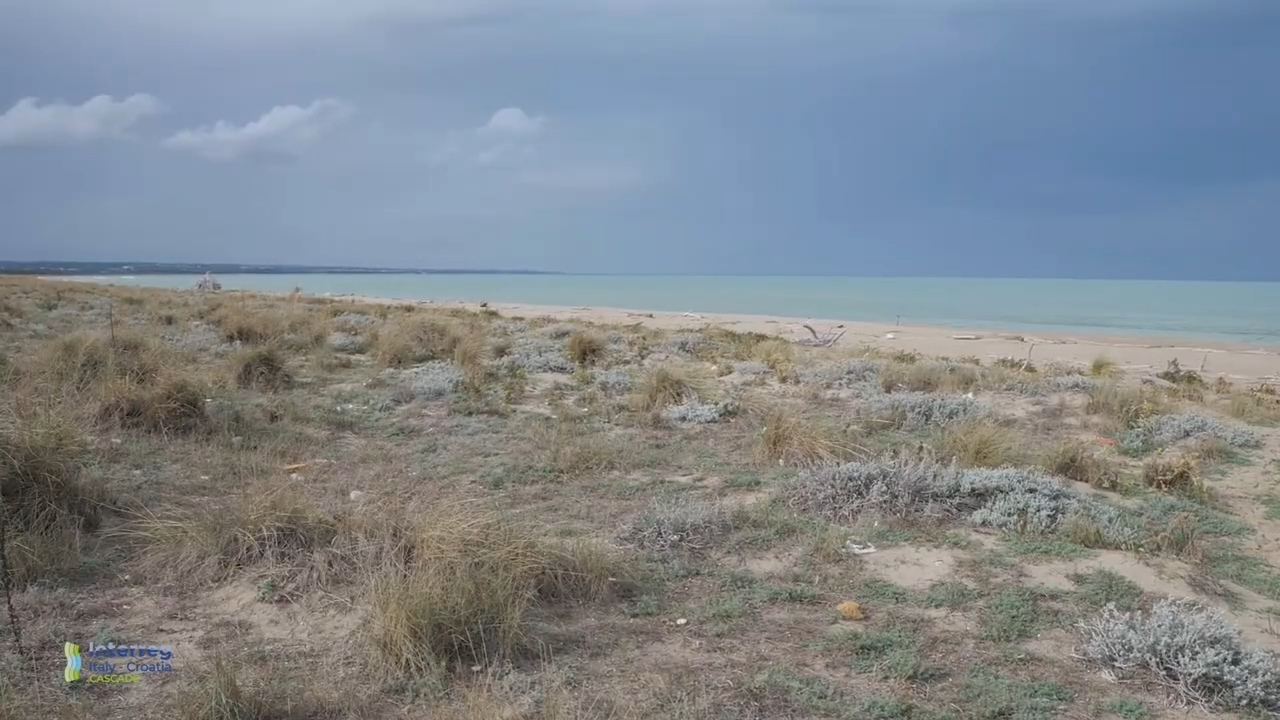Phytoplankton are microalgae that constitute the first part of the marine food web. To study these microorganisms scientists employ different techniques. Microplankton is a very diverse group with about 900 different species identified in the Adriatic sea. Researchers were following their life cycle and new species were found by the CASCADE partners, however, some very small species cannot be identified via light microscopy. Among them we find tiny flagellates which thrive in warming water. This marine condition is and will be exacerbated by climate change in the Adriatic sea. Thanks to the project CASCADE new balances in phytoplankton and flagellates in the ecosystems can now be monitored with innovative molecular methodologies that can give great insight in discovering the changing world of marine microorganisms.
Daniela Marić Pfannkuchen, Research associate at Ruđer Bošković Institute, speaks about phytoplankton biodiversity studies, introducing the new methodological advances within the CASCADE project.
Another aspect that will influence a shift in marine microorganisms balances is the increase in nutrient concentration due to runoff of wastewater, especially coming from agriculture activities and brought to sea by river discharge. Increasing nutrient concentration favors algal bloom leading to an increase in the phytoplankton population. Phytoplankton cells release some bio-toxins during their life cycles as a byproduct of their metabolism. These bio-toxins enter the marine ecosystems where gelatinous organisms such as jellyfish filtrate them, accumulating them in their bodies. Some phytoplankton, but not all, are toxic and their growing amount can represent a threat to shellfish and seafood. The projects CASCADE has supported the monitoring of these bio-toxins in the Adriatic sea.
Romana Roje Busatto, researcher at the Institute of Oceanography and Fisheries (IZOR, Croatia) illustrates what has been done in the framework of the CASCADE project to monitor marine biotoxins and assess their environmental impacts.

